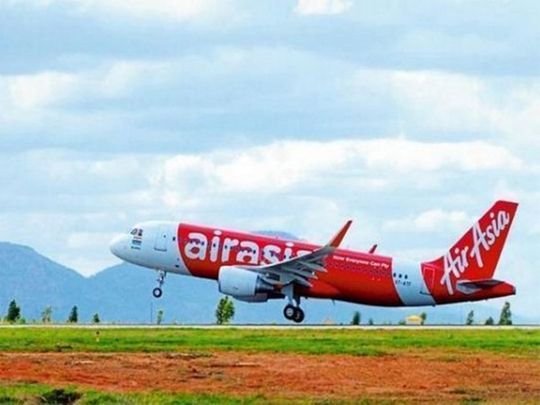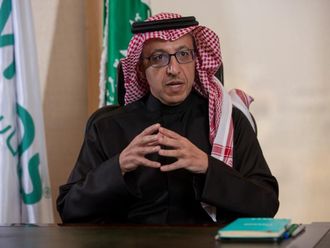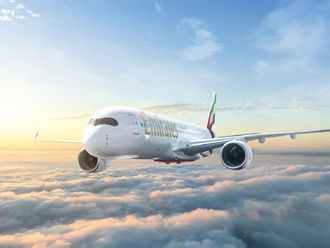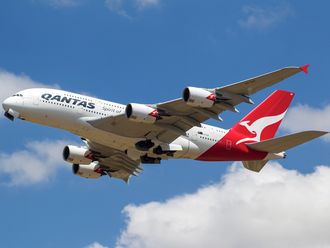
Kuala Lumpur: Malaysian conglomerate Capital A said on Friday it had finalised a 6.8 billion ringgit ($1.4 billion) deal to merge its airline affiliates under a new listed entity to be called AirAsia Group.
Capital A, which is led by mogul Tony Fernandes and includes a logistics business and digital payment Bigpay, said in January it would sell its budget airline AirAsia to its medium-haul affiliate AirAsia X.
The deal announced on Friday will include another affiliate, AirAsia Aviation Group, in that sale.
read more
- AirAsia chief Tony Fernandes criticised for shirtless massage photo on LinkedIn
- Air India Express takes delivery of the first two Boeing 737 MAX-8 aircraft
- Air India Express, AirAsia India announce interline agreement covering over 100 routes
- New Air India Express vision charts path after AirAsia India merger
Fernandes, who has delayed plans to retire from Capital A, told reporters the plan would help the company move out of the financial distress status under which it has operated since 2020.
"The strategic move to merge its various airline units is principally driven by growth," Fernandes said.
"By putting it together, our cost structure will be lower and margins higher," he said.
The new entity would likely be listed in Malaysia in September, the flamboyant former music executive said.
Capital A has been operating under the "Practice Note 17 (PN17)" financial distress status since July 2020 after concerns were raised by external auditors Ernst & Young about its financial practices and shareholders' equity.
Analysts said the merger of its airline businesses would also help it be more competitive against full-service carriers.
"(AirAsia Group) will be in a much stronger position to compete effectively against the established full service carriers such as SIA, Emirates, JAL etc," Hong Leong Investment Bank said in a research note on Friday.
Shukor Yusof, an analyst with Singapore-based Endau Analytics, said the consolidation under a single umbrella was far-sighted.
"While the outlook for airlines is rosy now, it has plateaued, and from now on things will take an unpredictable turn as geopolitics look to worsen in 2024 and beyond," he said.
Fernandes and Malaysian business partner Kamarudin Meranun founded AirAsia in 2001 with two aircraft.
It has since become one of Asia's largest airlines, with a fleet of some 200 planes serving markets including Southeast Asia, Australia and China.
However, it was hit by COVID-19 pandemic travel restrictions in Asia and has been evaluating options that included fundraising.












